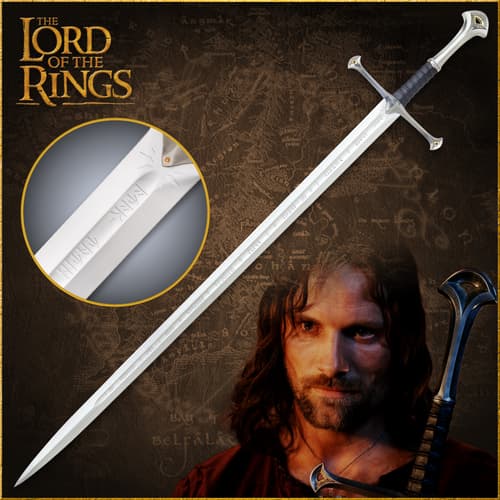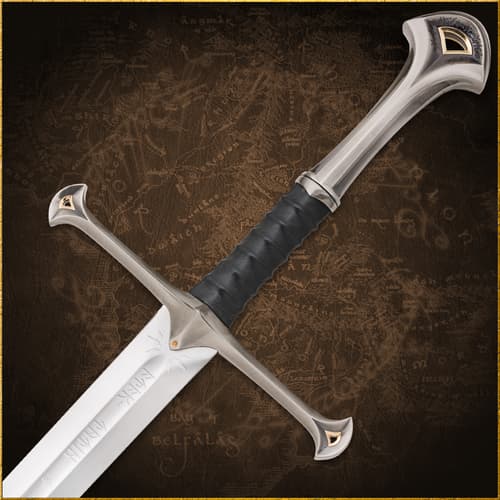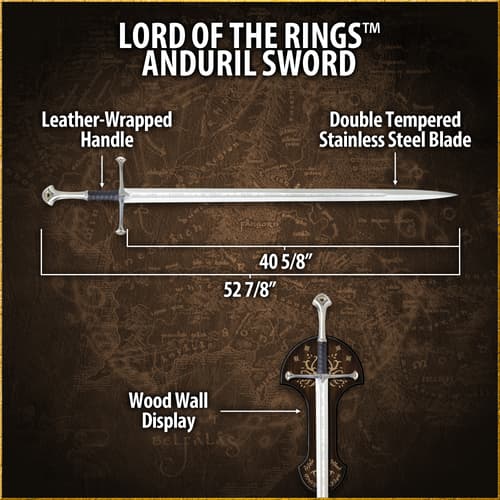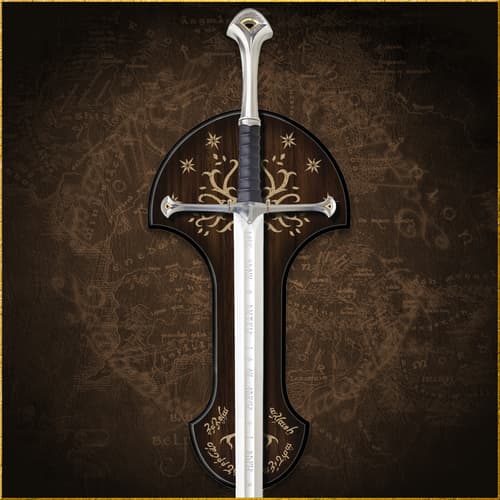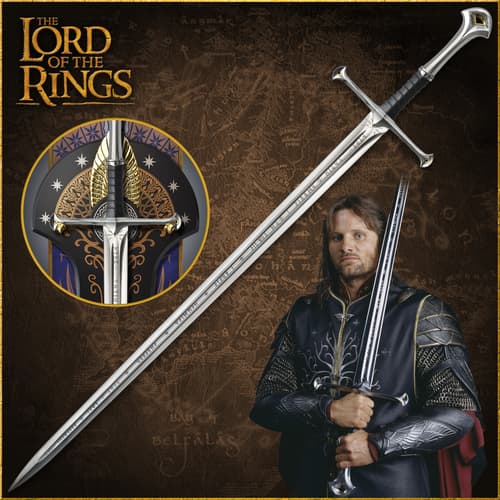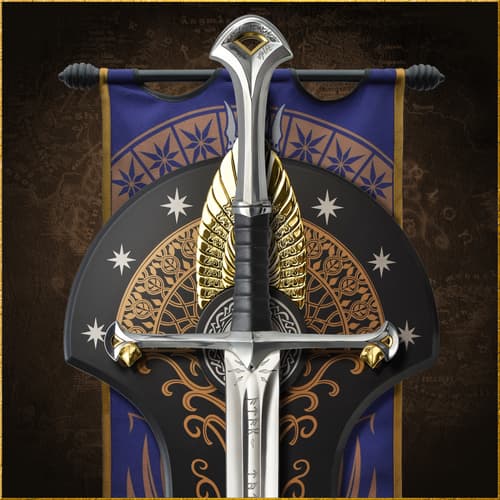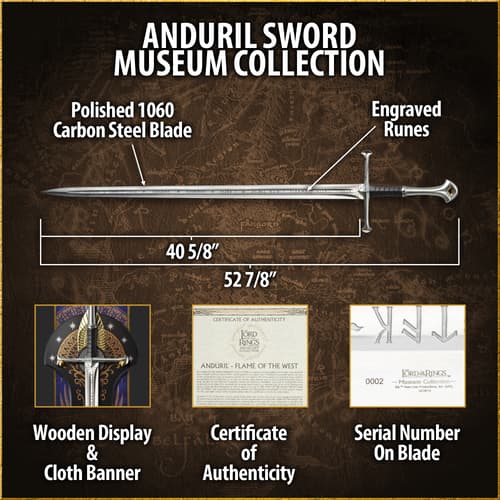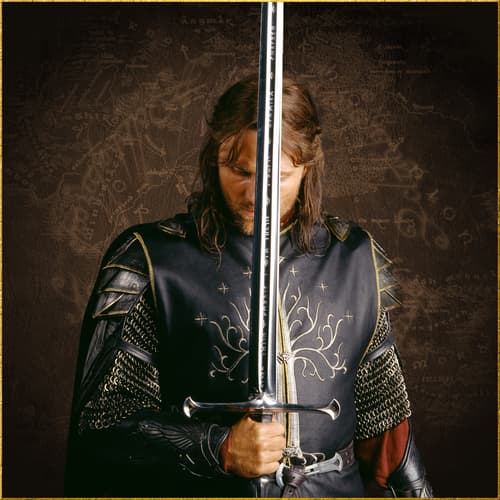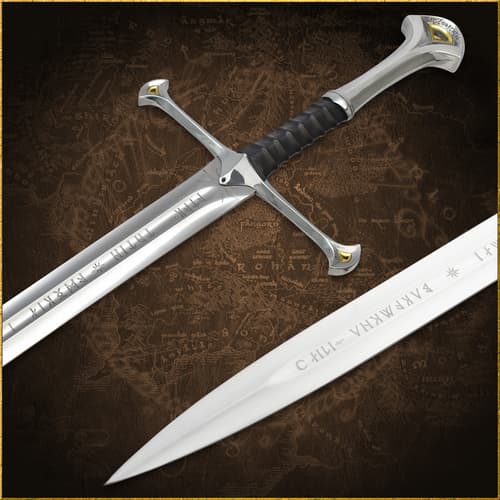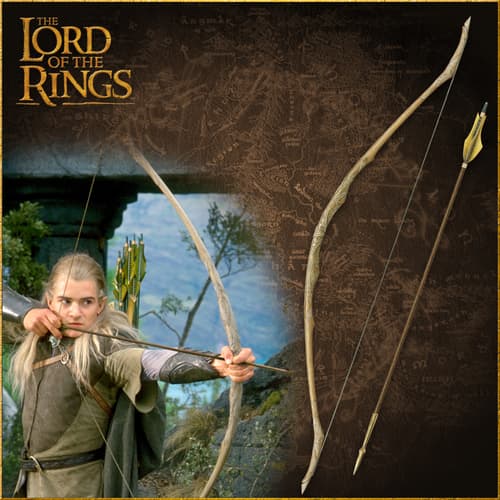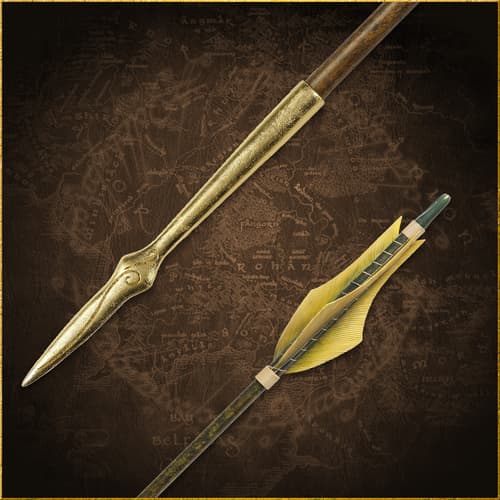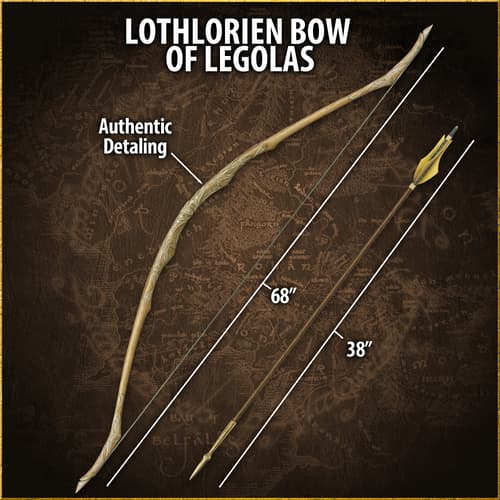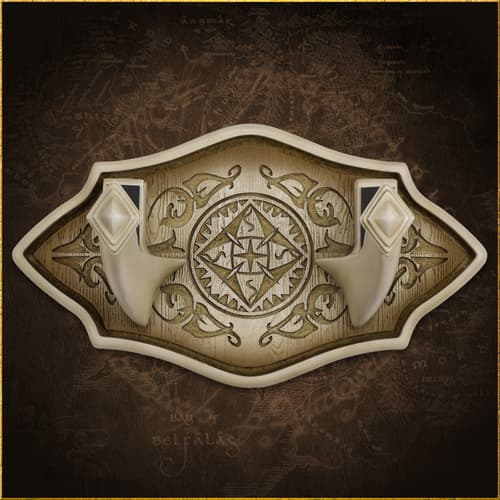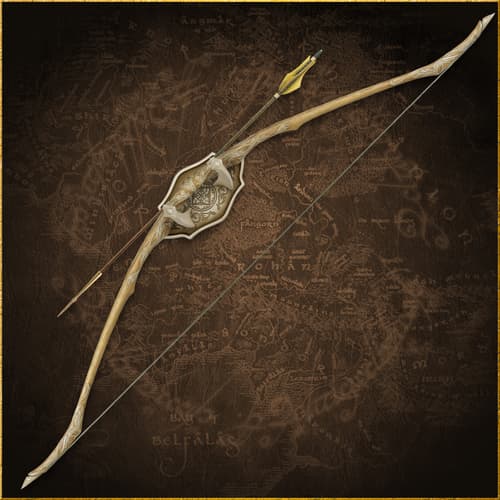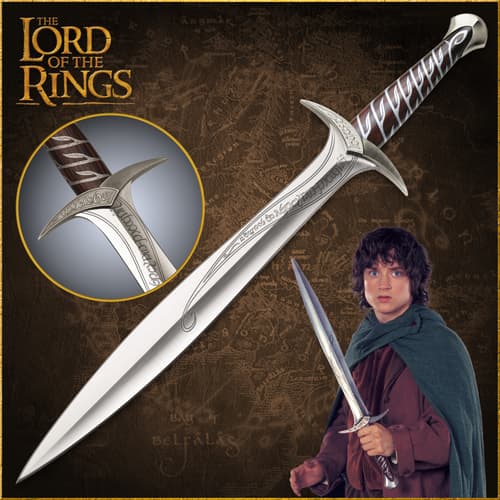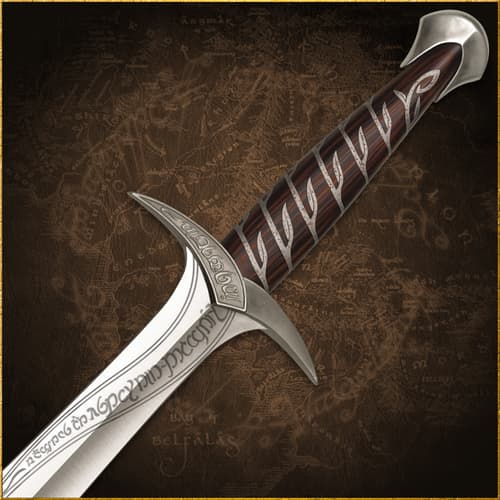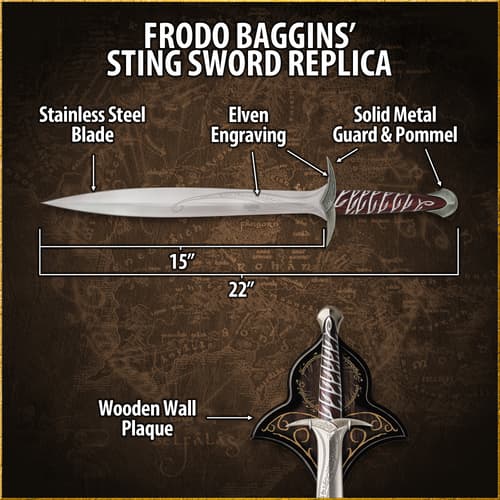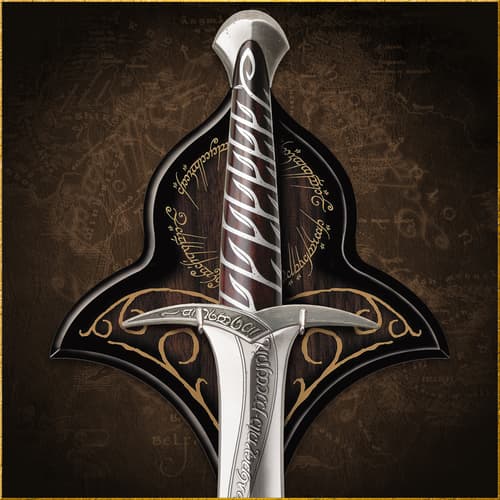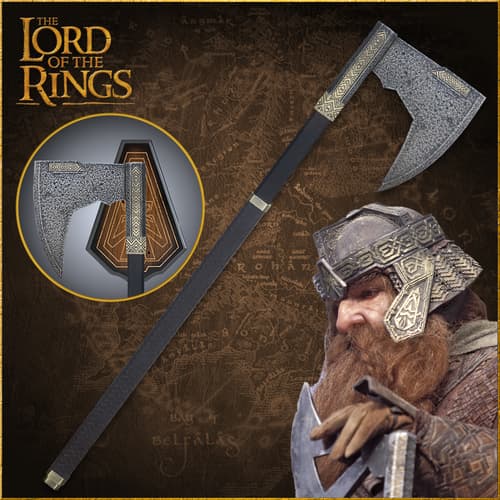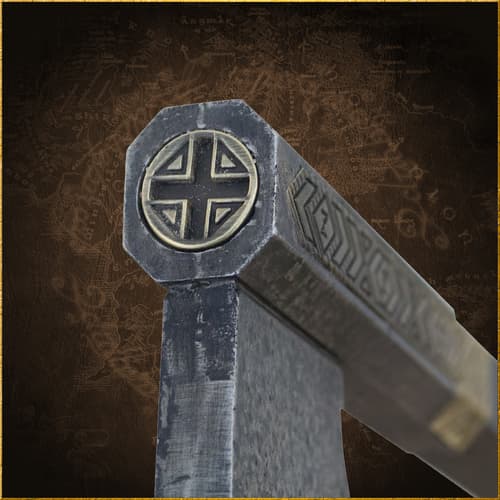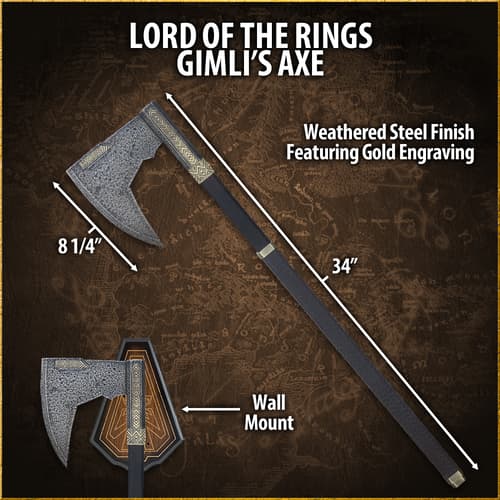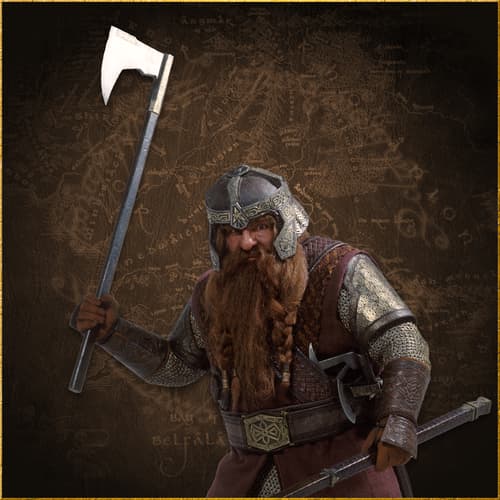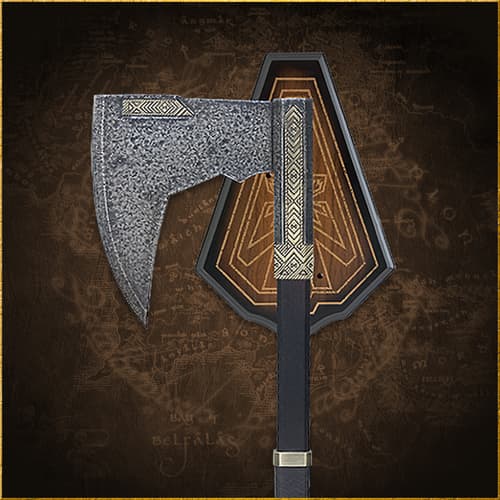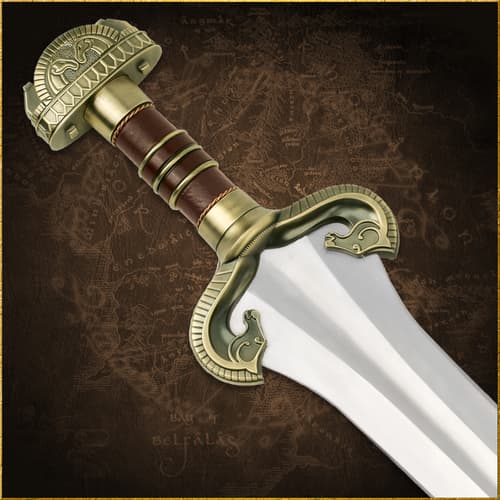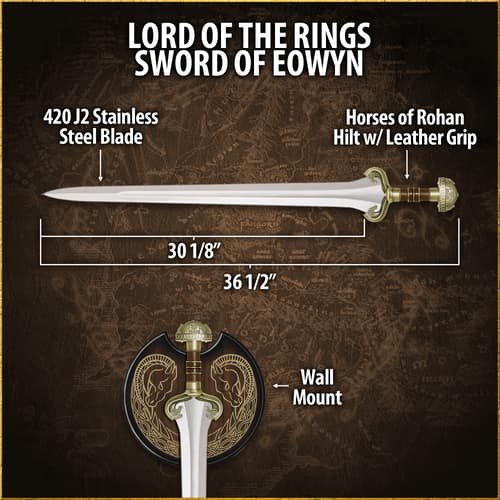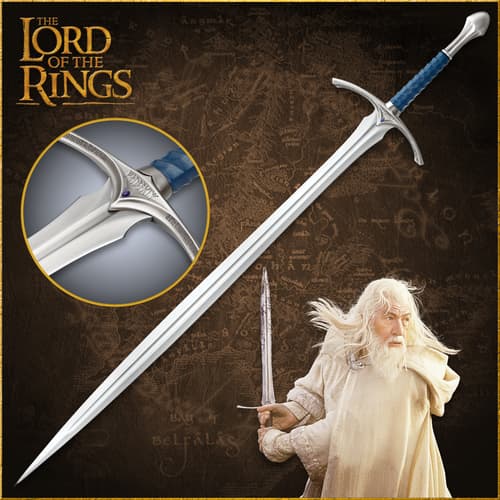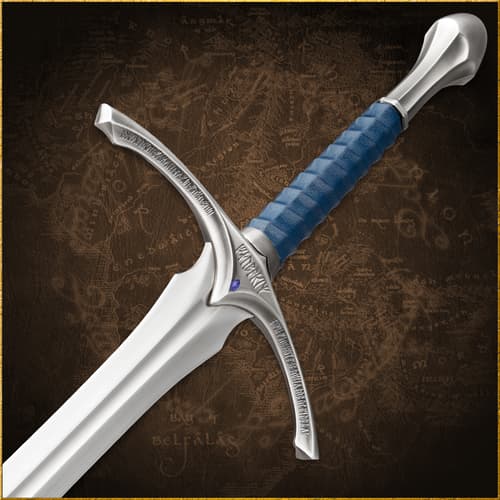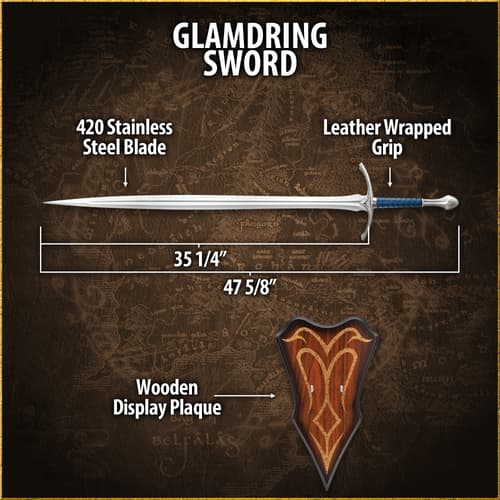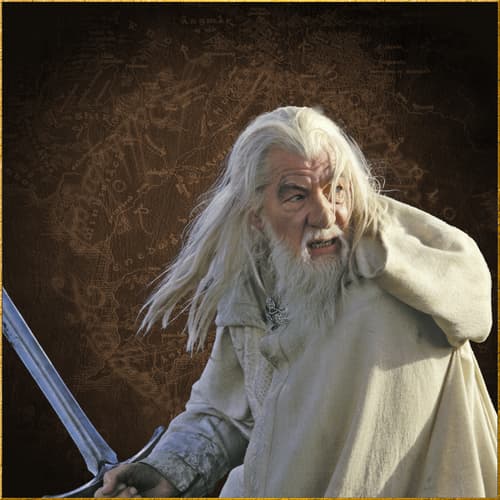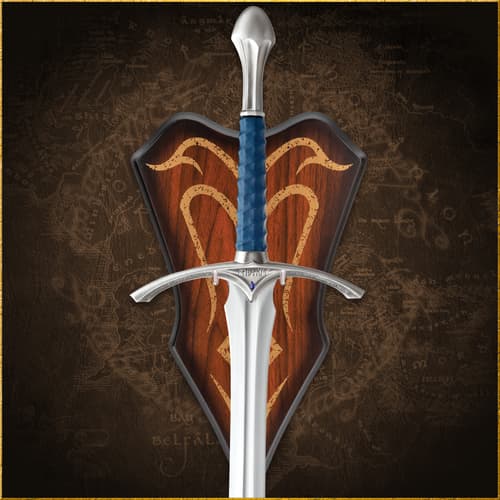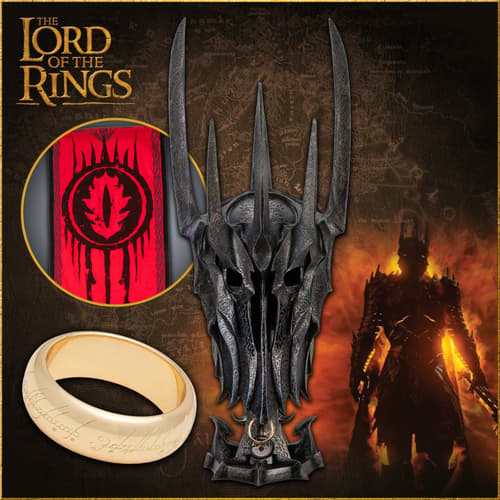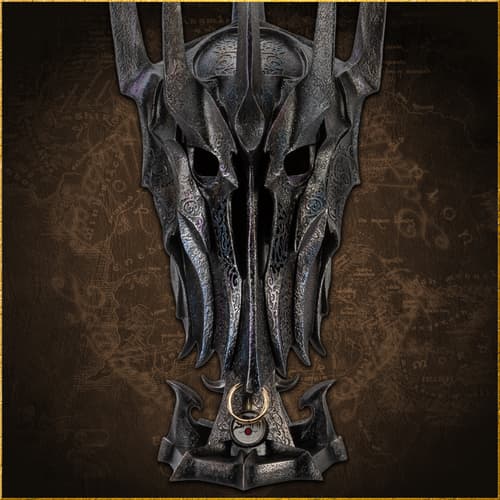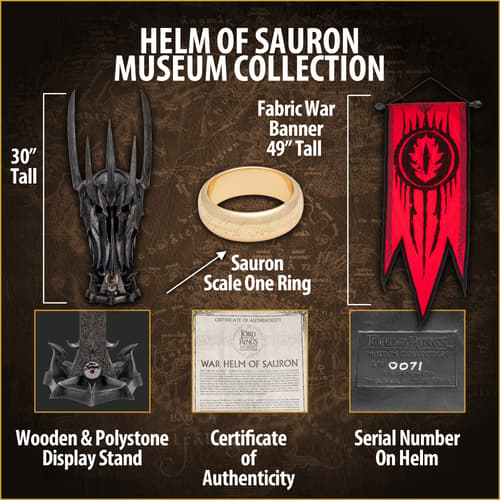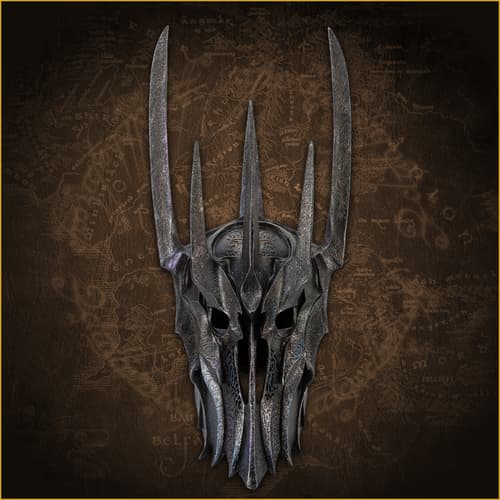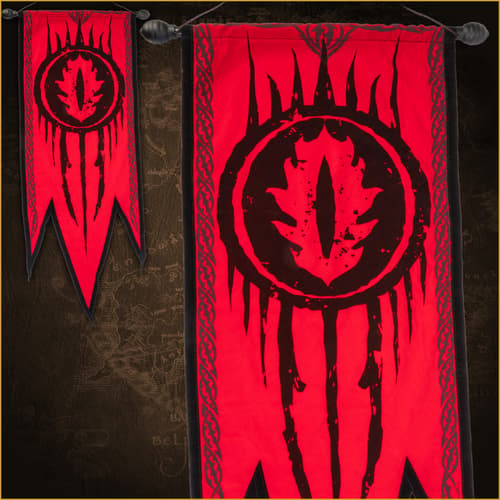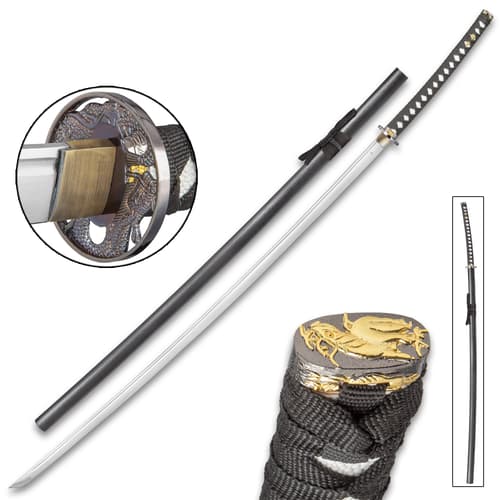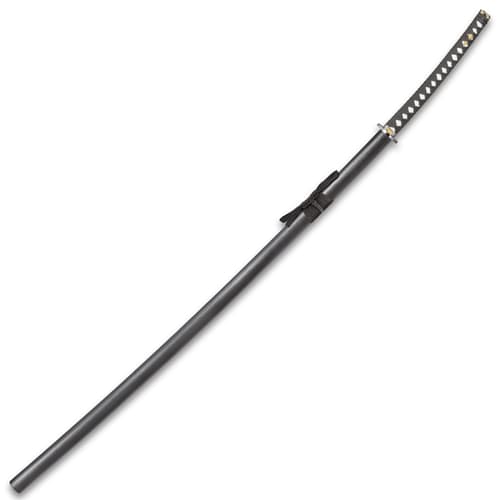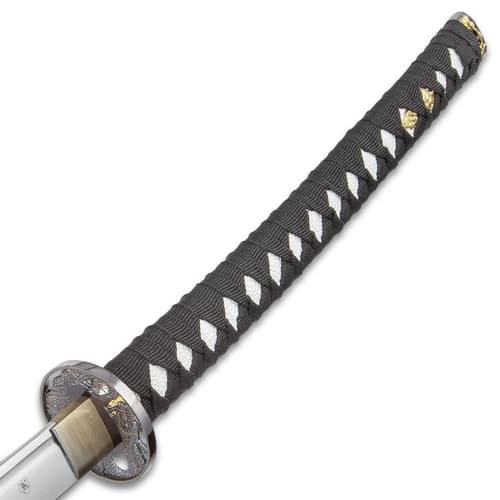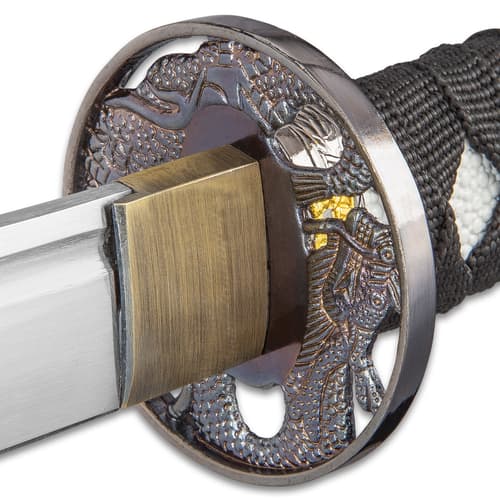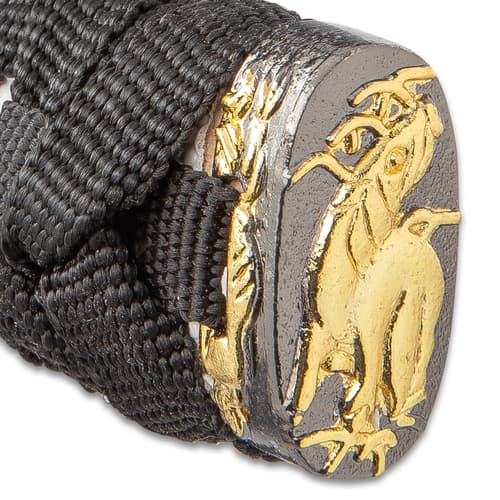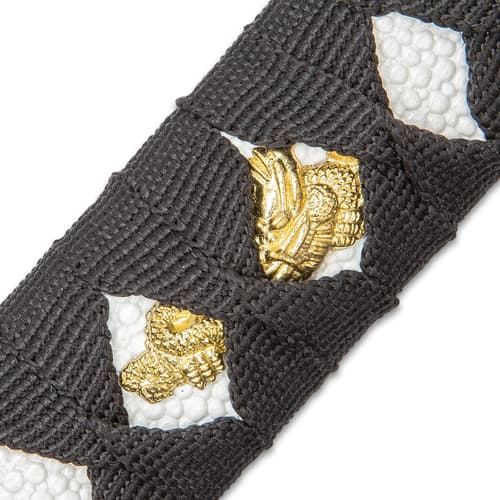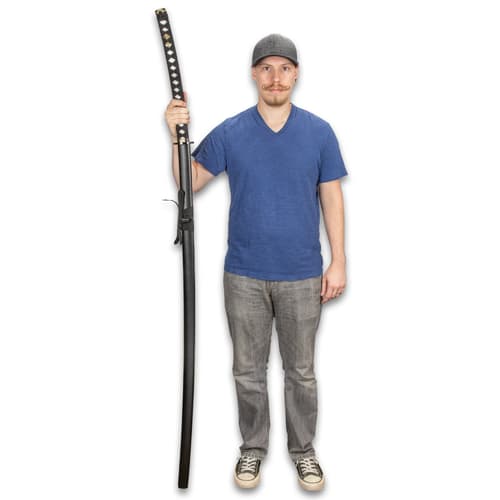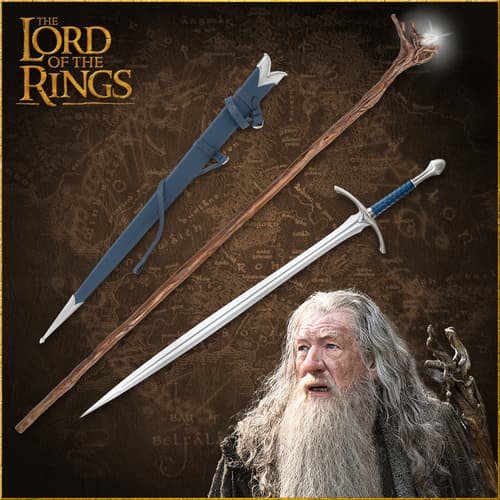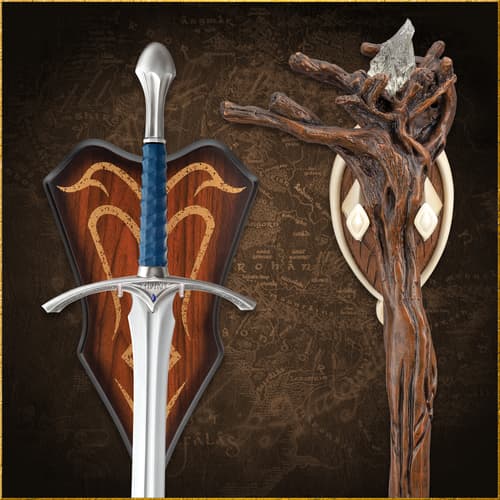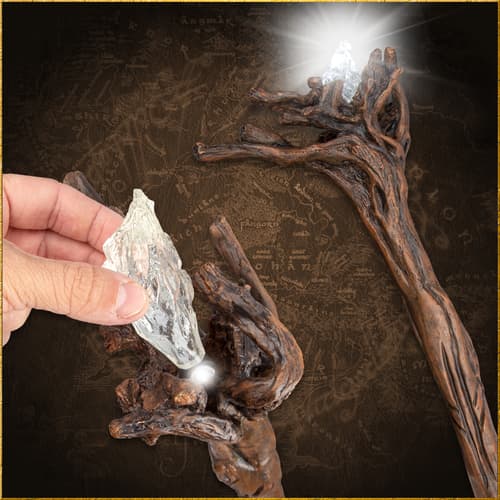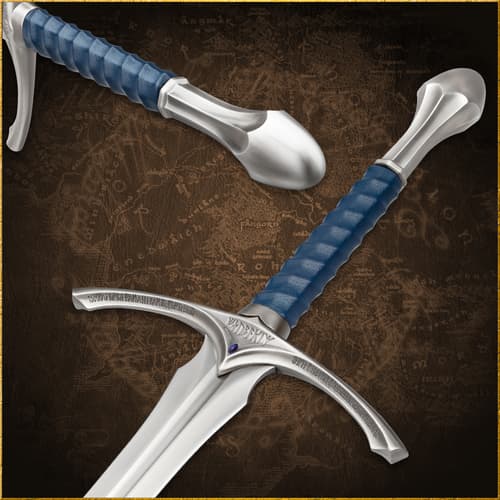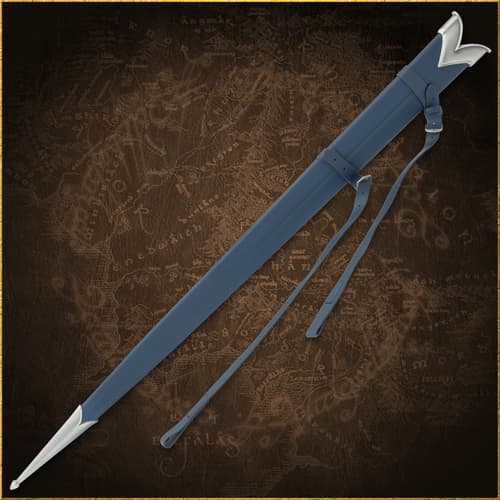Damascus Steel FAQs
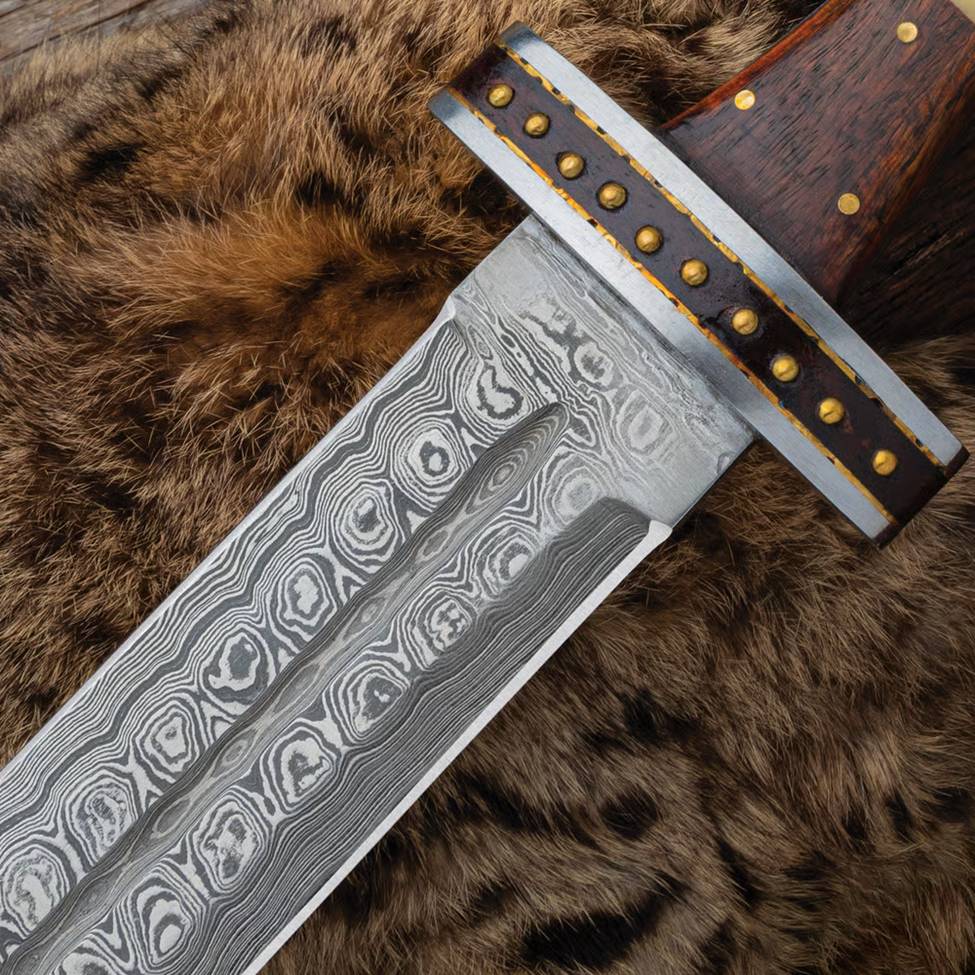

Damascus steel knives and swords are growing in popularity, and not just because of the attractive aesthetics of Damascus. If you’re in the market for one of these, or are interested, perhaps, in a katana with a Damascus blade, or a Damascus Viking sword, this short post should help answer some of your questions.
What Is Damascus Steel?
First, what is meant by Damascus steel needs to be qualified, as there are two main types of Damascus: real, traditional Damascus, and modern Damascus. Traditional Damascus steel is a unique alloy of high-carbon steel made using the “wootz” process, which results in alternating bands of carbide in a pearlite, martensite, or ferrite matrix. Modern Damascus steel is a type of pattern-welded steel in which alloys of different chemistry are forge-welded together. Mixing more than one type of alloy in the same blade stock confers a mixture of relative attributes of each.
Regardless of the variations in how traditional and modern Damascus steel are made, they are both immediately recognizable because of the unique pattern that’s left on the surface of the steel that corresponds to the alternating bands of steel chemistry in the matrix. There are many different patterns of Damascus steel, each named because of its relative appearance. Some of the more popular types of Damascus steel are crucible Damascus (also called wootz), which is the original pattern, as well as rose, ladder, and raindrop Damascus.
How Is Damascus Steel Made?
Modern Damascus steel is made by layering and stacking different alloys of steel over each other to form a billet, heating them, and then forge welding them together. This process is repeated several times, and the billet is heated and re-folded, which is the process by which the unique patterns and geometry are created within the blade stock. The original Damascus was formed using the wootz process which involved the use of a crucible in which the steel alloys were mixed. After the billet has been folded and forge-welded the desired number of times, the steel is etched with an acid that causes the characteristic pattern to manifest.
What Are the Relative Virtues of Damascus Steel?
Ultimately, the relative virtues of Damascus steel comprise the combined virtues of the steel alloys used to make it. There is no single collective list of all of the relative benefits of Damascus since it can vary considerably in chemical composition. Pattern-welded modern Damascus steel can be made with alloys of chemistry that yield a hard yet strong edge that is not brittle. Some Damascus alloys can also yield a high degree of flexibility that makes it practical for use making knives with larger blades, as well as swords.
The Claymore in Modern Media
The image of the claymore has transcended history, becoming a staple in popular culture across genres. Whether in film, anime, or video games, the sword is frequently portrayed as a mighty, awe-inspiring weapon wielded by powerful heroes or tragic champions.
Does Damascus Steel Rust?
Any steel will rust if you expose it to unfavorable conditions for a long enough time, and Damascus steel is no different. There are so-called “stainless” Damascus steels, but as a general rule, the high carbon content of Damascus predisposes it to rust, especially on the surface. As a result, Damascus steel swords and knives should be cleaned after each use and protected with a light coat of oil.
Are There Any Drawbacks to Damascus?
There are a few potential drawbacks associated with Damascus steel although you shouldn’t expect them across the board. For one, if the Damascus is a rust-prone version, it will require a little more care and maintenance than a more stainless version. If it is a low-quality grade of Damascus steel, then you might experience issues with consistency, edge retention, brittleness, and strength. Also, Damascus steel tends to be fairly expensive, so that is a potential drawback, but it can still be competitively priced when compared alongside some CPM super steels.
Does Real Damascus Steel Still Exist?
There is still “real” authentic Damascus steel out there, not just surviving artifacts, but new items, since researchers and metallurgists were successful in recreating the wootz process that was originally believed to produce authentic Damascus - although it is a relative rarity nowadays.
Are There Any Katanas with Damascus Blades?
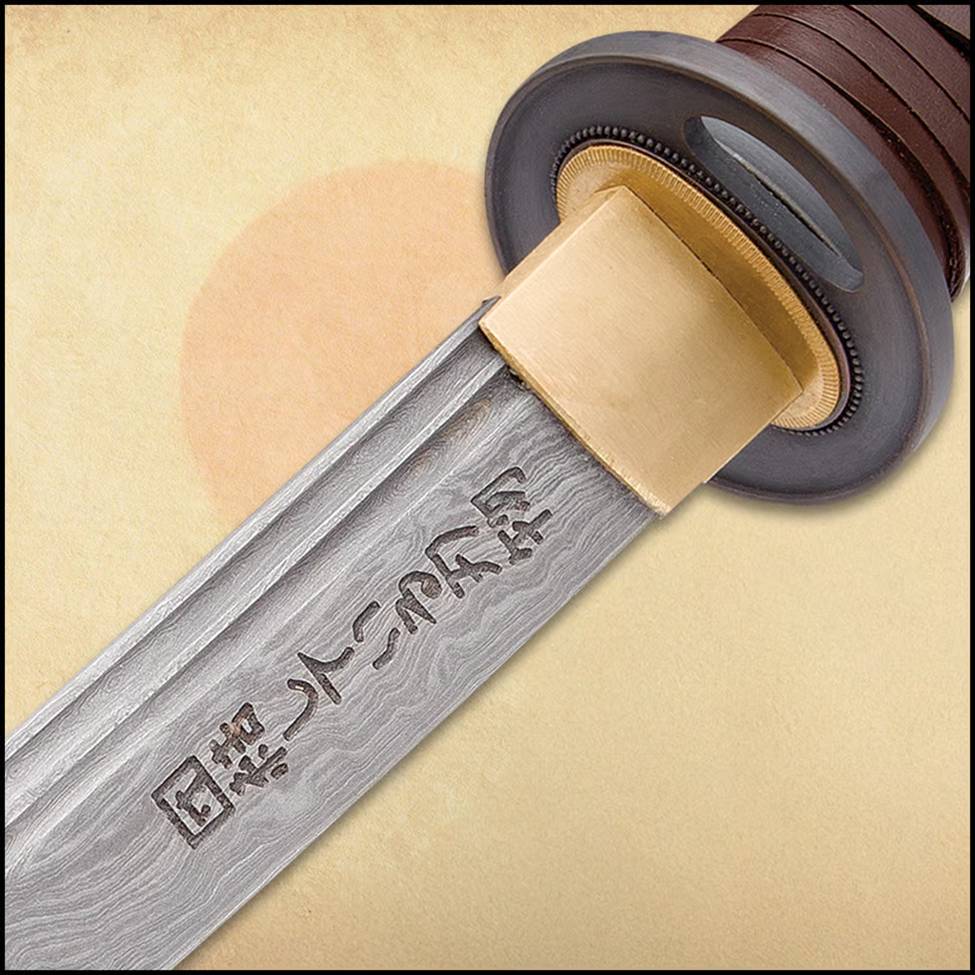

While a grade of steel known as “tamahagane” was originally used to produce katana and other Japanese swords, there are some modern katana with damascus blades. Though these are sought after for their unique aesthetics, they lack some of the qualities of traditional katana swords, such as a differential temper and a true hamon line that results from the yaki-ire clay tempering process.
What Other Types of Swords Are Made with Damascus?
There are some other types of swords, daggers and knives that are made with Damascus steel blades, such as some Viking swords and other medieval swords and weapons. Take a look through our collection to learn more.
Here for a Damascus Sword?
Interested in adding a Damascus sword to your collection, or in getting a battle-ready sword with a Damascus blade? Shop our full collection and get in touch with us if you have any questions.
